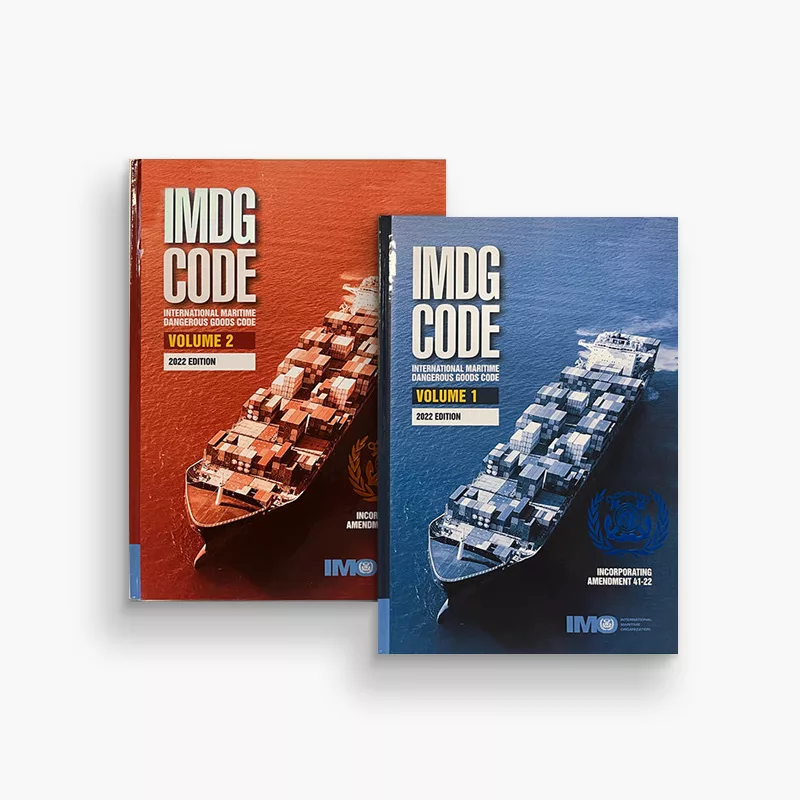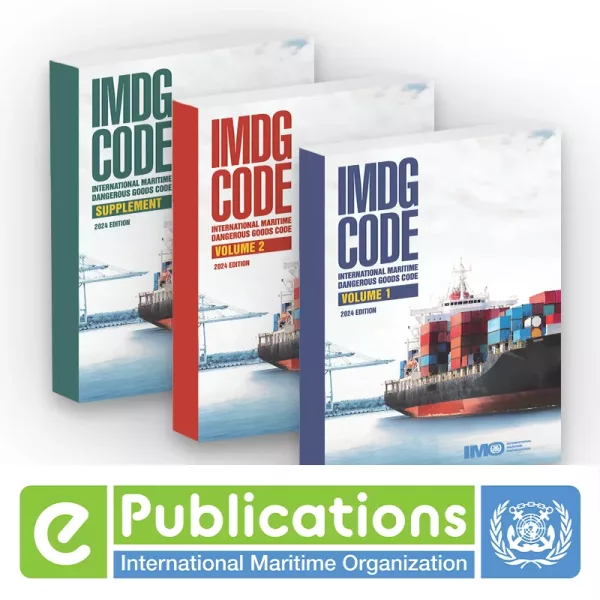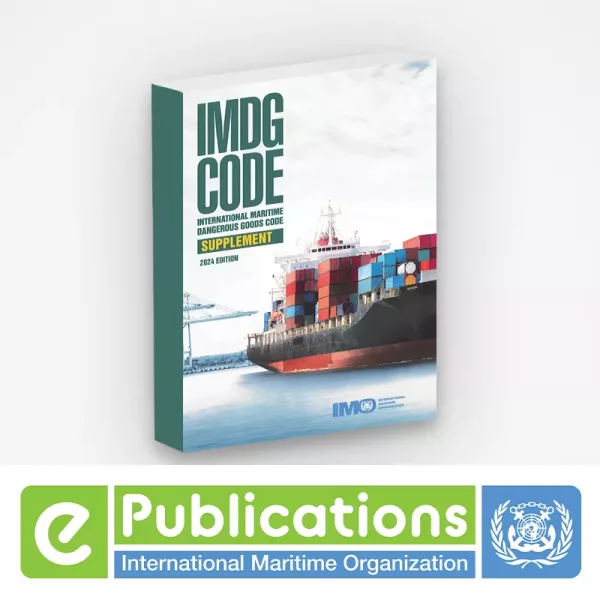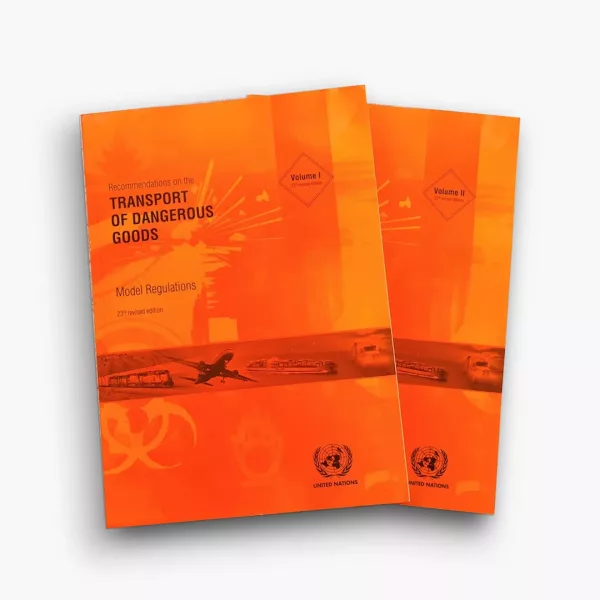The IMDG Code was developed as an international code for the maritime transport of dangerous goods in packaged form, in order to enhance and harmonize the safe carriage of dangerous goods and to prevent pollution to the environment. The Code sets out in detail the requirements applicable to each individual substance, material or article, covering matters such as packing, container traffic and stowage, with particular reference to the segregation of incompatible substances.
The Code, was initially adopted in 1965 as a recommendatory instrument. It was in 2002 that the general Assembly at its seventeenth session adopted by resolution A.716(17) the IMDG Code, and decides to give it a mandatory status under the umbrella of SOLAS Convention, from 1 January 2004. However, some parts of the Code remain recommendatory.
- paragraph 1.1.1.8 (Notification of infringements)
- paragraphs 1.3.1.4 to 1.3.1.7 (Training)
- chapter 1.4 (Security provisions) except 1.4.1.1, which is mandatory
- section 2.1.0 of chapter 2.1 (Class 1 – Explosives, Introductory notes)
- section 2.3.3 of chapter 2.3 (Determination of flashpoint)
- columns 15 and 17 of the Dangerous Goods List in chapter 3.2
- the segregation flow chart and example in the annex to chapter 7.2
- section 5.4.5 of chapter 5.4 (Multimodal Dangerous Goods Form), insofar as the layout of the form is concerned
- chapter 7.8 (Special requirements in the event of an incident and fire precautions involving dangerous goods)
- section 7.9.3 (Contact information for the main designated national competent authorities)
- appendix B







Reviews
There are no reviews yet.